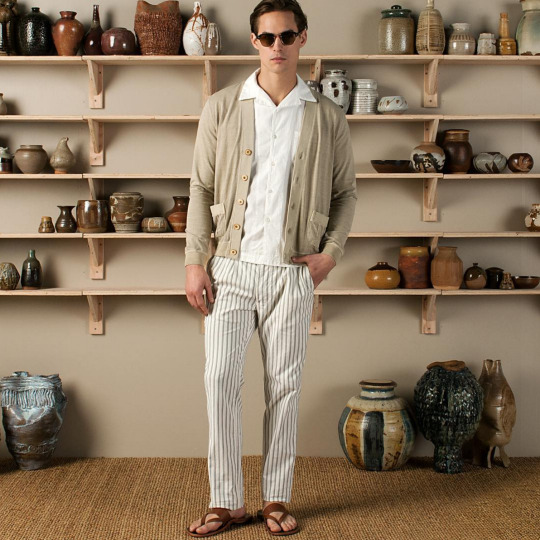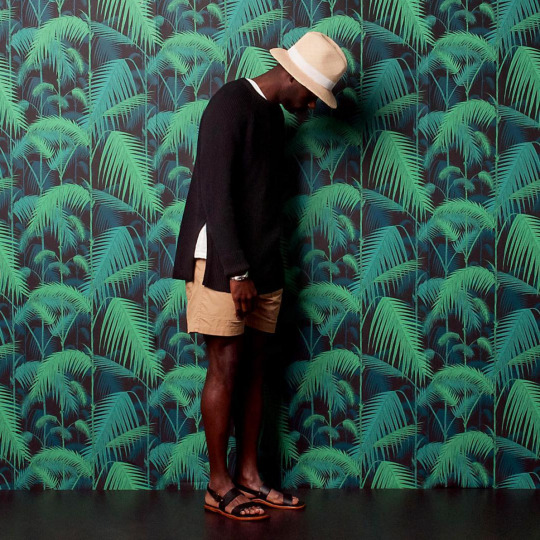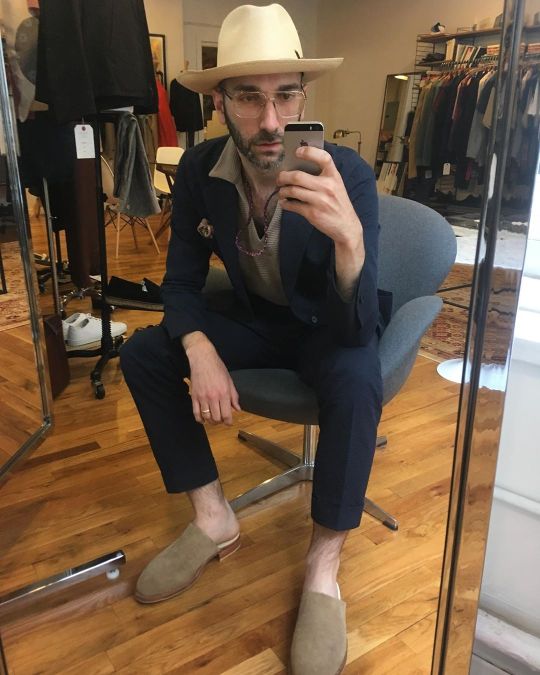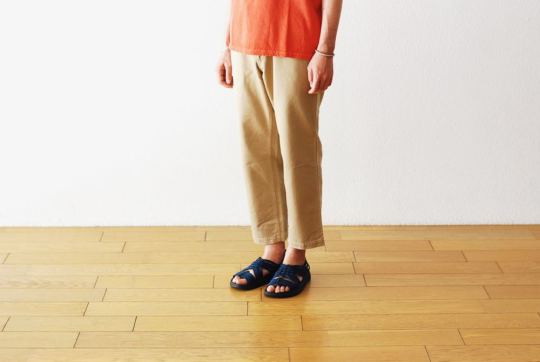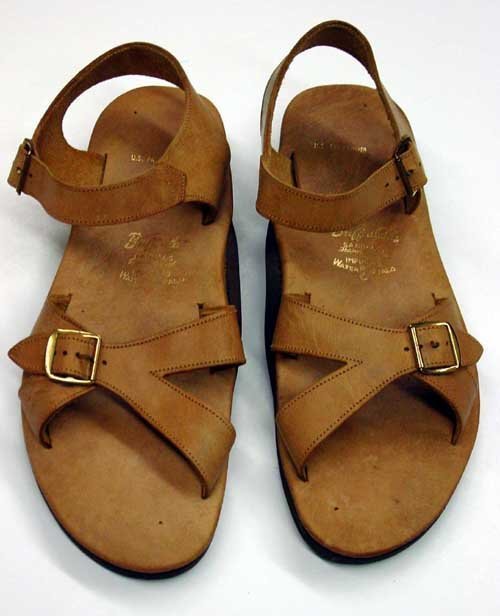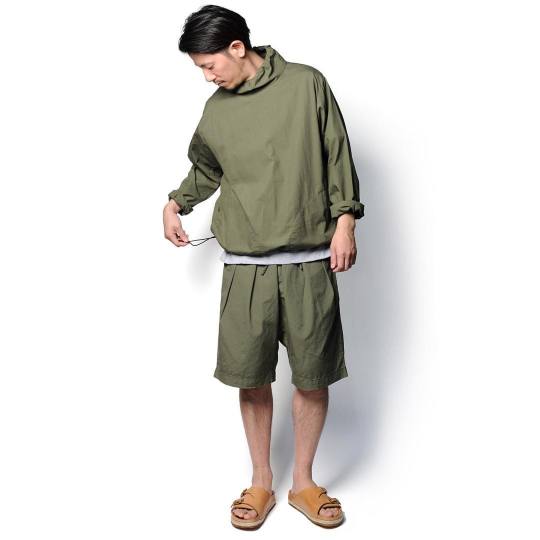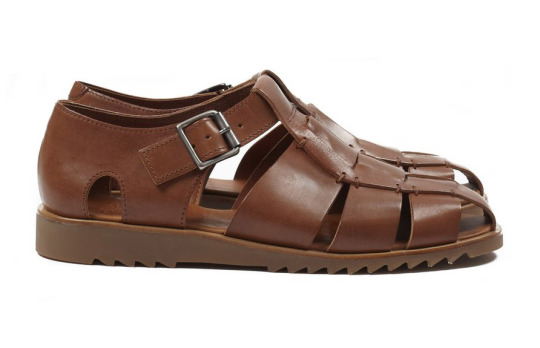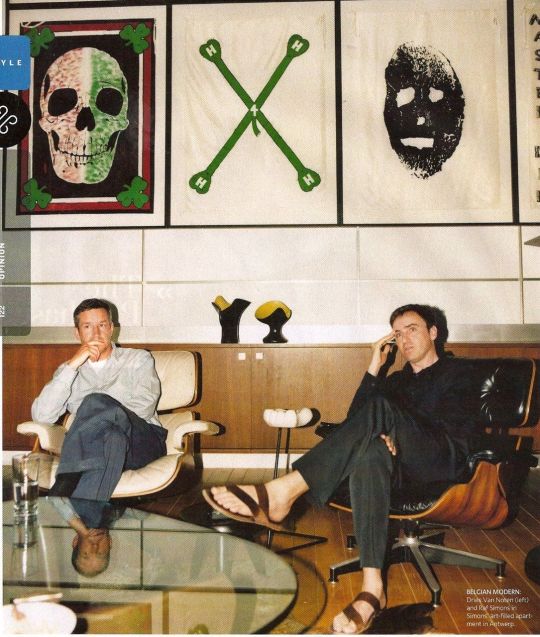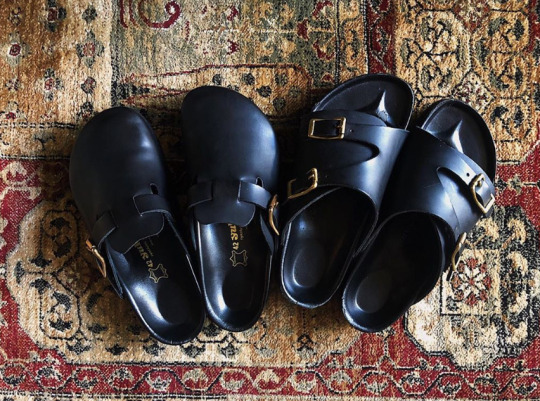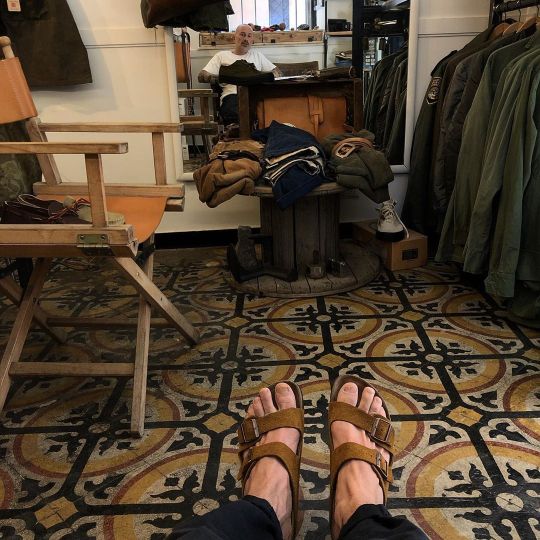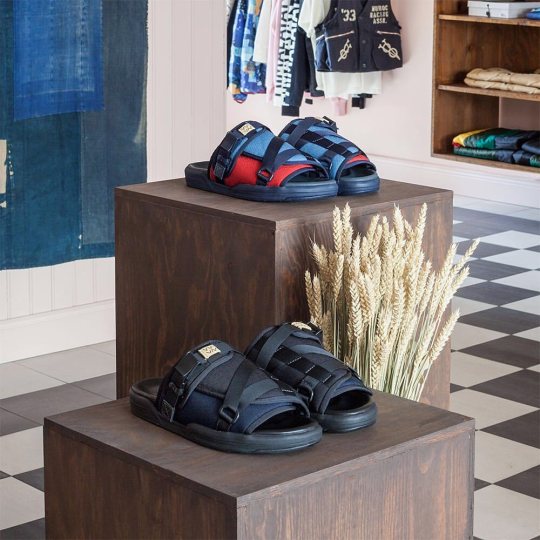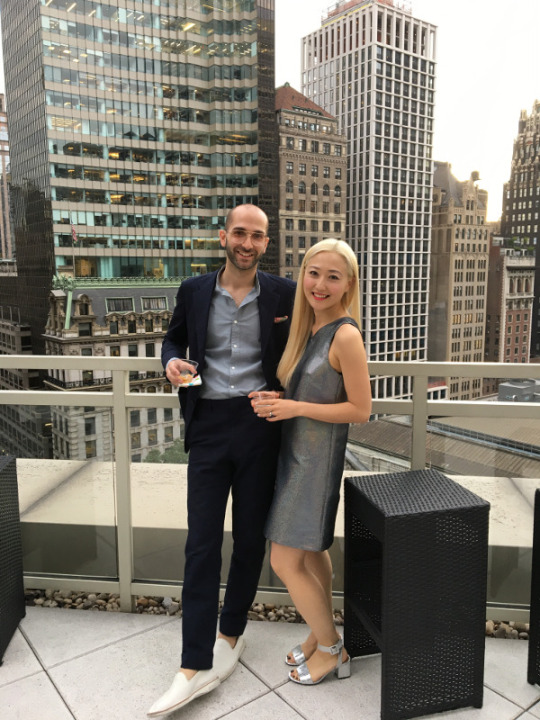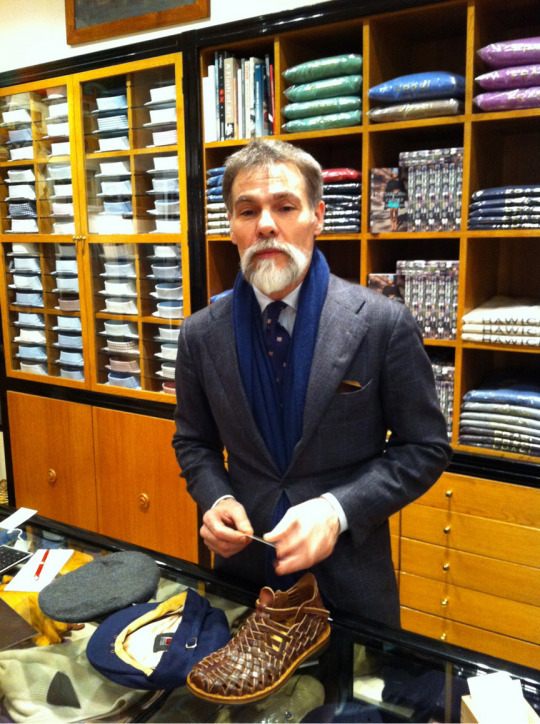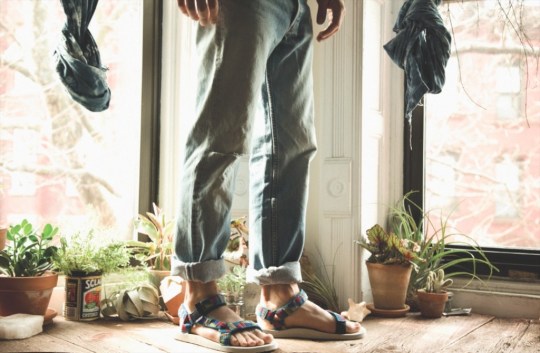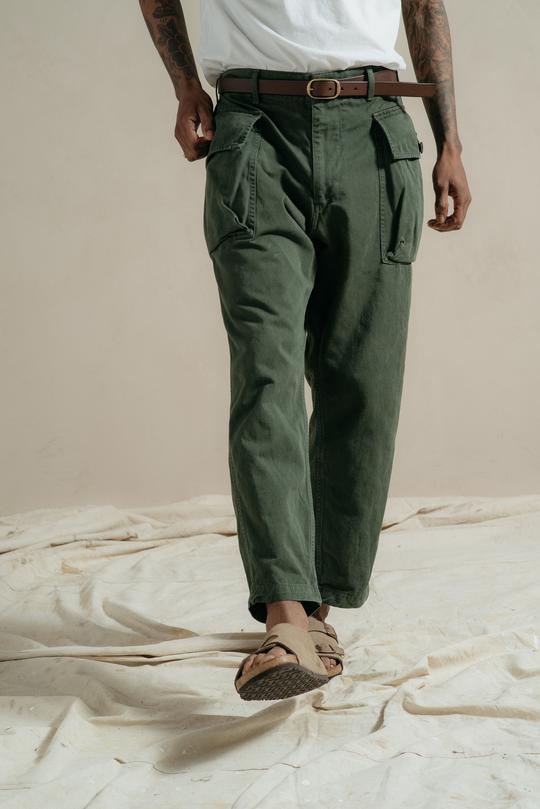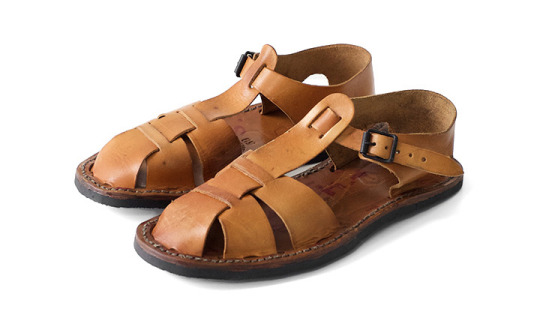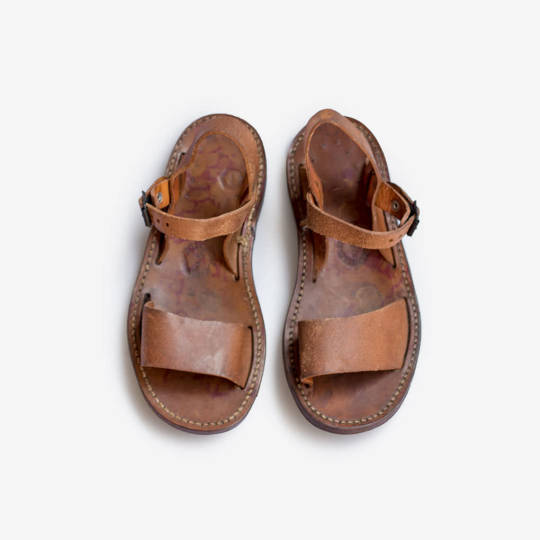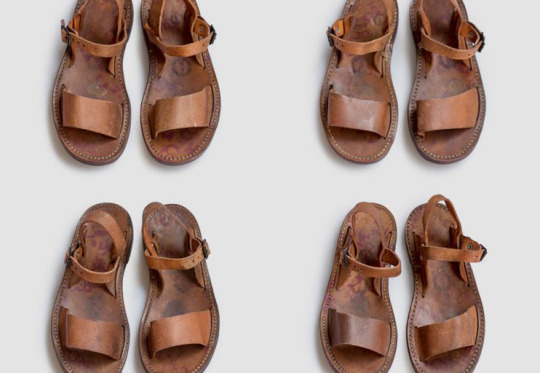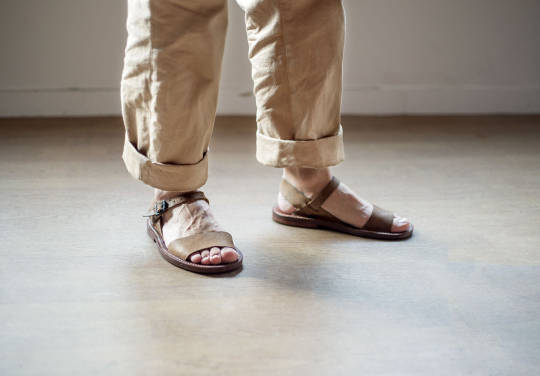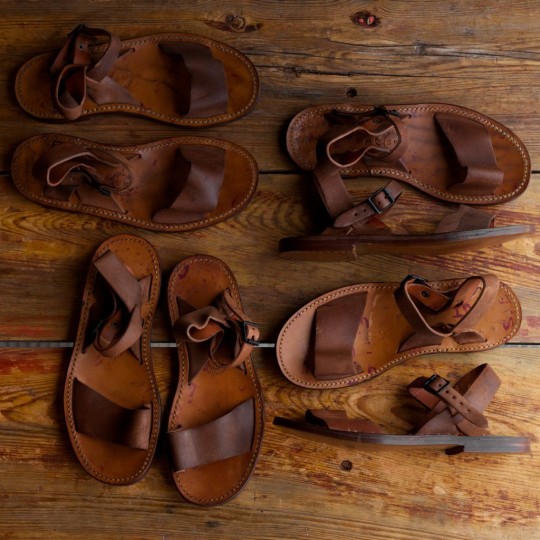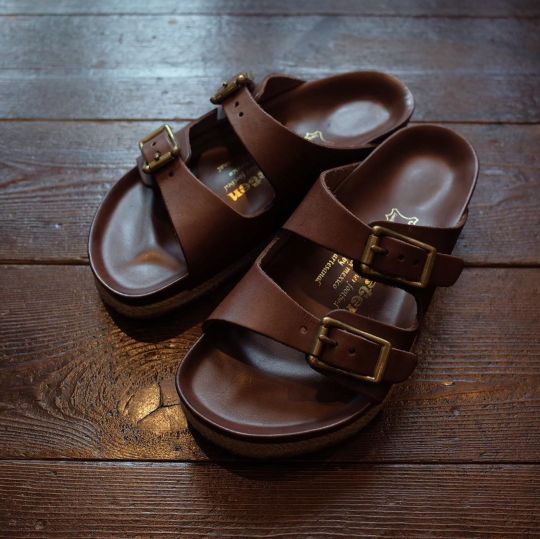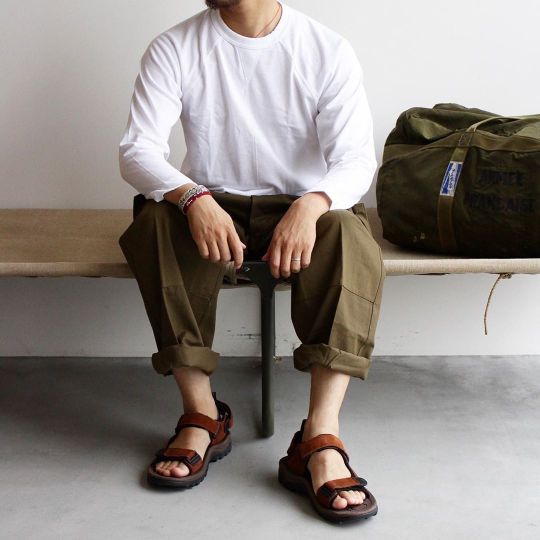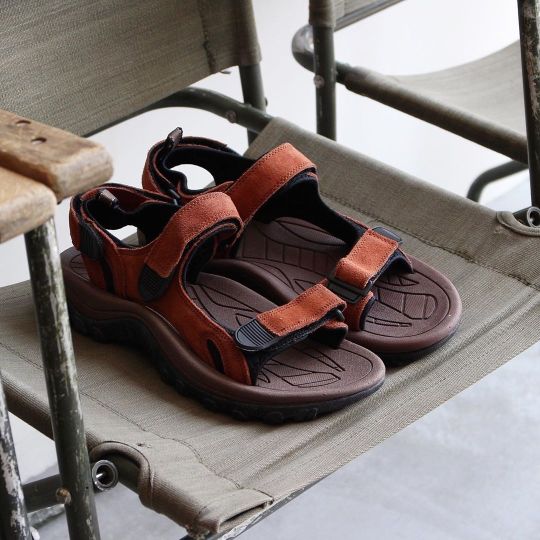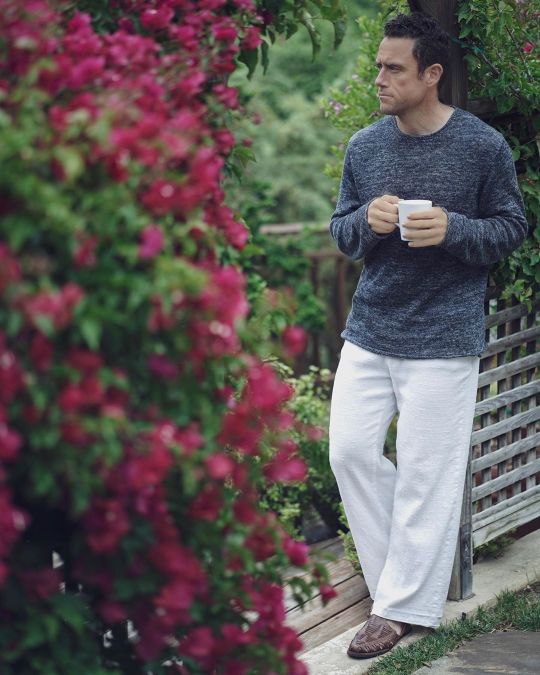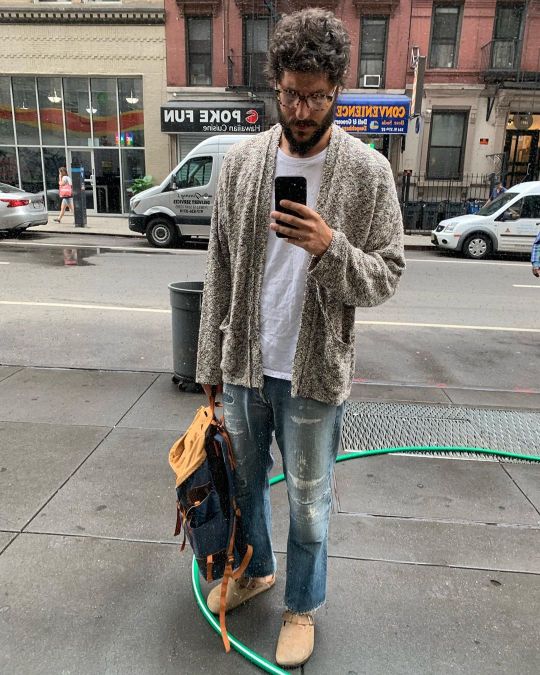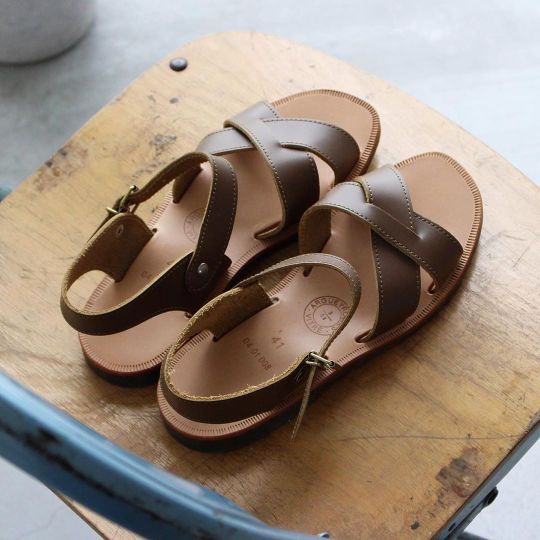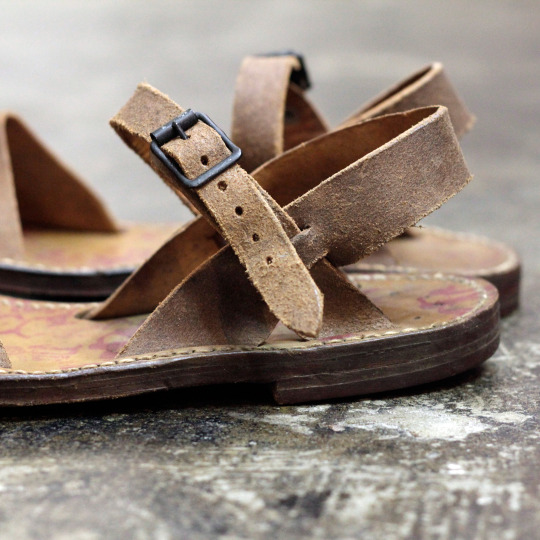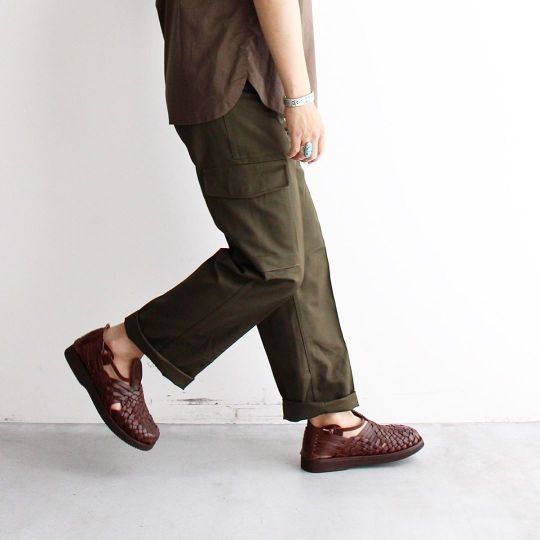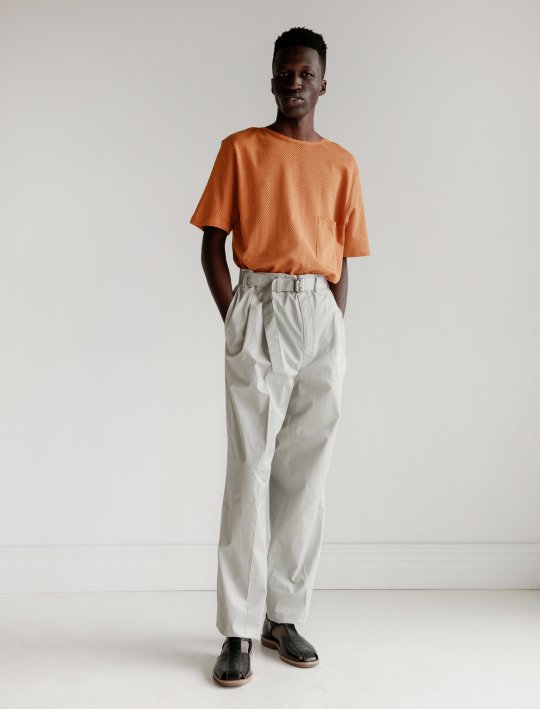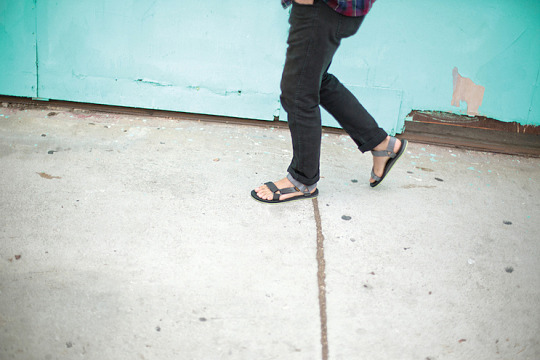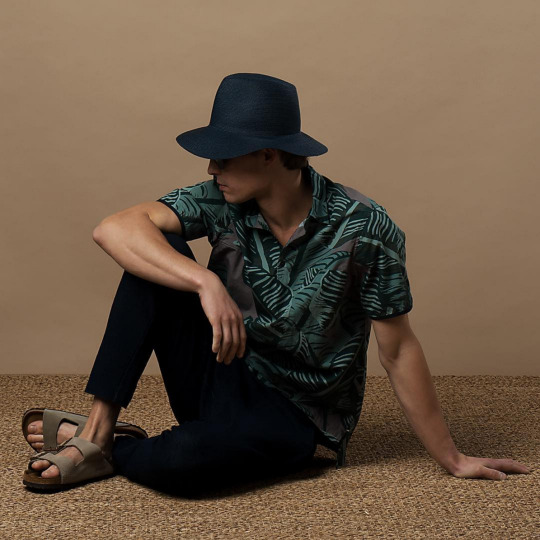
Before she left her post as the Creative Director of Céline, Phoebe Philo redefined femininity so women could dress in a way that made them feel confident. She is often labeled a minimalist, but that doesn’t tell the whole story. The Philo look is all about loose silhouettes, sumptuous fabrics, and lavish layering. It allows busy women to be women without falling prey to the fashion industry’s infantilizing tendencies.
“At a time when women are increasingly not just finding their voice but using it, demanding parity and flexing their power, Céline gave them something to wear — or at least to aspire to,” Vanessa Friedman wrote in The New York Times. “Ms. Philo was interested not in what would attract the male gaze, but the female gaze (I can’t tell you how many shows I left with male colleagues who were shaking their heads and saying, ‘I just don’t get it,’ while all the women in the audience were making fantasy shopping lists). And even more important: the grown-up female gaze. In her clothes — deep pile, no-nonsense, swaddling, streamlined — many of them recognized themselves.”
Much has been written of Philo’s legacy, but few recognize the influence she’s exerted on menswear. In the last ten years, she’s been the most influential designer in men’s style, despite never having designed a piece of men’s clothing. Before Demna struck out on his own with Vetements, Philo was popularizing oversized coats designed to be worn with wide-legged pants and chunky sneakers (a distinctly Céline silhouette). She was an early proponent of the return of Stan Smiths, often ending her runway shows with an appearance in the sporty white sneakers. Philo recast Vans slip-ons as a fashion item, making the skate style with chunkier soles and unusual materials. She popularized self-belted pants and pajamas as daywear. And in 2010, Philo sent fur-lined Birkenstocks down the runway, which made the sandal a hit with women. A year later, men started wearing Birks because of how easily they pair with workwear.

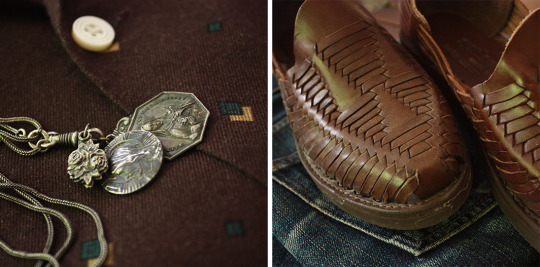
It’s hard to overstate how much style-conscious men hated sandals before this. Open-toed shoes were the easiest punchline among fashion writers (up there with pineapple print shirts and cargo pants — oh how times have changed). Tom Ford famously said men should never wear flip flops outside of a beach resort. Mark McNairy said the mere sight of sandals makes him feel nauseous, but he designed a pair anyway simply because they sell. “They’re unsightly, unhygienic, and unfit for public display,” Dana Stevens wrote at Slate. The Onion parodied them as a college-age couch potato’s shoe.
Birkenstocks proved to be our Trojan Horse. Nearly ten years after that Céline show, Birks no longer feel controversial and you can find handmade sandals of every stripe at Sid Mashburn. Of course, stuffed shirt traditionalists still hate open-toed shoes because the style lacks respectability. But menswear has long moved away from such appeals, and is now much more casual, open, and multicultural. Sandals are in because they feel bohemian. Besides, this ancient shoe design can be seen in Egyptian murals dating back to 4000 BC (the British Museum owns a 1,500-year-old pair made from papyrus). No other footwear style has so much heritage.
Men have also rediscovered the sandal’s situational utility. Few of us only live between downtown city centers and resort towns. I often wear a pair of Yuketen sandals with 3sixteen jeans, a Camoshita button-up, and a vintage necklace in the semi-urban Bay Area. I also really like this outfit on Simon Crompton, and think it could have been marginally improved with a pair of huaraches. Plus, sandals breathe better, which make them like Minnis Fresco for your feet. And since they can be easily slipped on and off, you can deploy them as projectile weapons when necessary. For options, here are my three favorite categories:
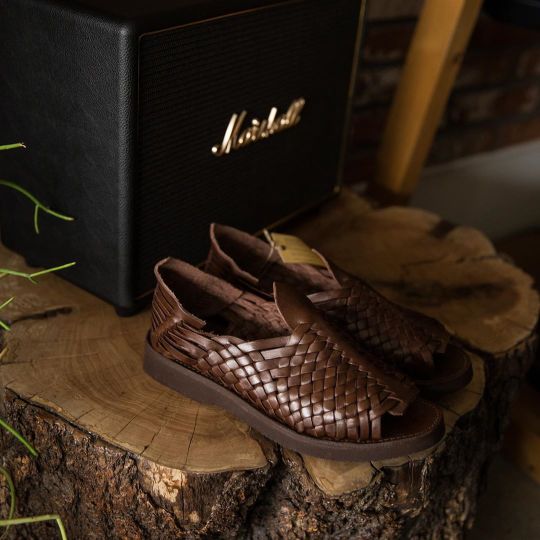
Woven Leather Huaraches
Before they were the name of a Nike sneaker, huaraches were just a type of Latin American sandal. The style is an evolution of thong-like footwear from pre-Hispanic Mexico. Historically, they were made in the countryside where Spanish colonizers exerted less control. Today, they’re still primarily worn in rural locales. Indigenous Mexicans wear the most straightforward styles, whereas farmhands wear more complex designs with nailed-down soles constructed from recycled tire rubber. Wealthier farm owners, on the other hand, wear the most elaborate and finely made huaraches, which feature leather soles.
“In some ways, making a huarache is like making a sombrero or petate mat, and the tools aren’t too dissimilar from those used to make riding equipment,” huarache expert Markus Kittner once told me. “Each upper consists of a single strip of vegetable-tanned leather that’s woven uninterruptedly into the insole, going in and out of each hole until the leather gradually covers the surface of the last. Each weave has a particular sequence – it’s like having a password that’s so specific, it can’t be improvised. The soles are sometimes produced from recycled tires, but traditionally, they’re made from a combination of leather and hobnails (as they’re often worn in the countryside on dirt roads). Interestingly, hobnail patterns are occasionally customized for the wearer, sometimes including his initials so his footprints can be recognized.”
There’s a strange irony in huaraches. In Mexico, the style is associated with farmworkers and peasants, which stigmatizes them and makes them unpopular with urban dwellers. In the United States, on the other hand, they’re worn by immigrants and high-wage earners. The Mexican woven sandal first became popular in California during the 1960s, when they were part of the uniform of hippies and surfers. The Beach Boys even sang about them in their 1964 hit “Surfin’ USA.” Today, you see them in neighborhoods such as the Mission in San Francisco and Silverlake in Los Angeles. They’re popular not in spite of their associations with the rural parts of Latin America, but because of them.
You can find huarache sellers on Etsy, although I’m unsure of their quality. They’re also available through Yuketen, Chamula, and Nisolo (mine are Yuketen’s Alejandro, which run a touch wide – go down half a size). When shopping, get a pair that was made in Latin America. Along with getting a more authentic item, you’re ensuring that your money is going into the communities that made this style cool in the first place.
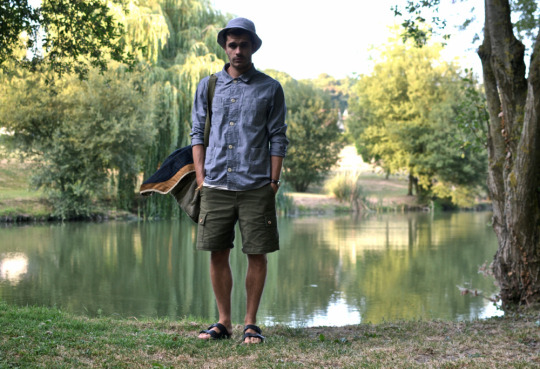
Crunchy Granola Birks
Cathy Horyn has a great article in The Cut on the unlikely rise of Birkenstocks. What was once a clunky, commune-style sandal has become fashion chic. “In the late-19th century, when German spa culture was at its zenith, Europeans and rich Americans flocked to resorts like Baden-Baden for water cures, and Konrad Birkenstock, a Frankfurt cobbler, began making shoes with contoured insoles to serve them. (Before then, insoles had typically been flat.),” she wrote. “His innovation led to a flexible arch support that could be inserted into factory-made shoes. By 1925, the family was turning out its distinctive blue flexible Fussbett, or ‘footbed,’ in a factory in Hesse. Konrad always sought to promote health. Seminars and textbooks by his son, Carl, helped remind the public that the Birkenstocks were above all orthopedic experts. That was also Carl’s son’s aim in 1963, when he developed the contoured insoles into sandals using a homemade blend of latex and wine cork for the footbed. Karl Birkenstock thought they’d be good for fitness.”
In the US, Birkenstocks have long been the shoe of people who are against nukes, processed food, and corporatism. But today, they’re mostly a funny looking shoe that fits into the fashion industry’s tongue-in-cheek ugly aesthetic and artsy hippie style. They go most naturally with offbeat Americana and workwear, although Torsten of Sartorial Notes shows how well they can be worn with more classic, tailored clothing.
Birkenstock’s Boston and Arizona are the company’s two most popular models. The first is a little more discreet if you don’t want to show your toes, although I also think it’s fine to wear the Arizona with marled ragg socks. Alternatively, you can try strappy sandals from Teva, Chaco, Visvim, Malibu, and Suicoke, which can be worn with offbeat workwear brands such as Engineered Garments. “If Birkenstocks are the Jose Canseco of gorpcore, Chacos are the Mark McGwire,” Pete recently wrote at Put This On. Wear these while shopping for flaxseed oil, tofu versions of meat, and organic kohlrabi at your Whole Foods or local grocery co-op. They pair well with stickered station wagons.
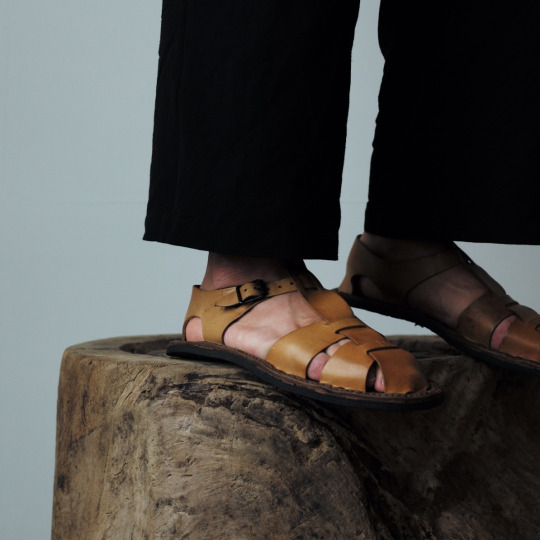
Strappy Leather Sandals
The last category is for those strappy, leather sandals that can be worn with anything you’d describe as“drapey” or“billowing.” Barbara Shaum used to produce legendary ones before she passed away. Today, her former apprentices Jutta Neuman, ABK, and Kika carry on her tradition. Perfume expert Luca Turin also favors sandals from Rondini. “Rondini is a small shop situated Rue Georges Clémenceau in Saint-Tropez, where my parents used to go on holidays when I was a kid,” he wrote at his blog Perfumes I Love. “There are two sandal makers in St Tropez, Rondini (est. 1927) and Keklikian (est. 1933). The differences between them are millimetric, but to the trained eye Keklikian sandals are beautiful, while Rondinis are perfect.”
With a little online hunting, you can score some deadstock, military surplus sandals. The Japan-based Fort General Store has some right now from the British and French armies. The French version is available in all-leather and comes in various styles. Noah Johnson of GQ’s Corporate Lunch podcast recently co-signed Paraboot’s Pacific sandal (Phigvel makes something similar). The thick strapped style was once worn by Gurkha soldiers in the British, Nepalese, and Indian armies. Today, it’s the official BBQ chef shoe.
Like all leather shoes, sandals take a while to break in. I find this is especially true of closed-toe designs where there’s little space at the front of your foot. Give yourself two or three weeks of intermittent wearing, perhaps around the house or neighborhood. Once that footbed forms, however, sandals can be immensely comfy. Besides, sometimes a leather loafer or camp moc just isn’t casual enough. Sandals are a natural accompaniment with trim shorts and an Aloha shirt. They help tone down workwear. Plus, I can’t imagine wearing anything else while listening to this summer hit.

